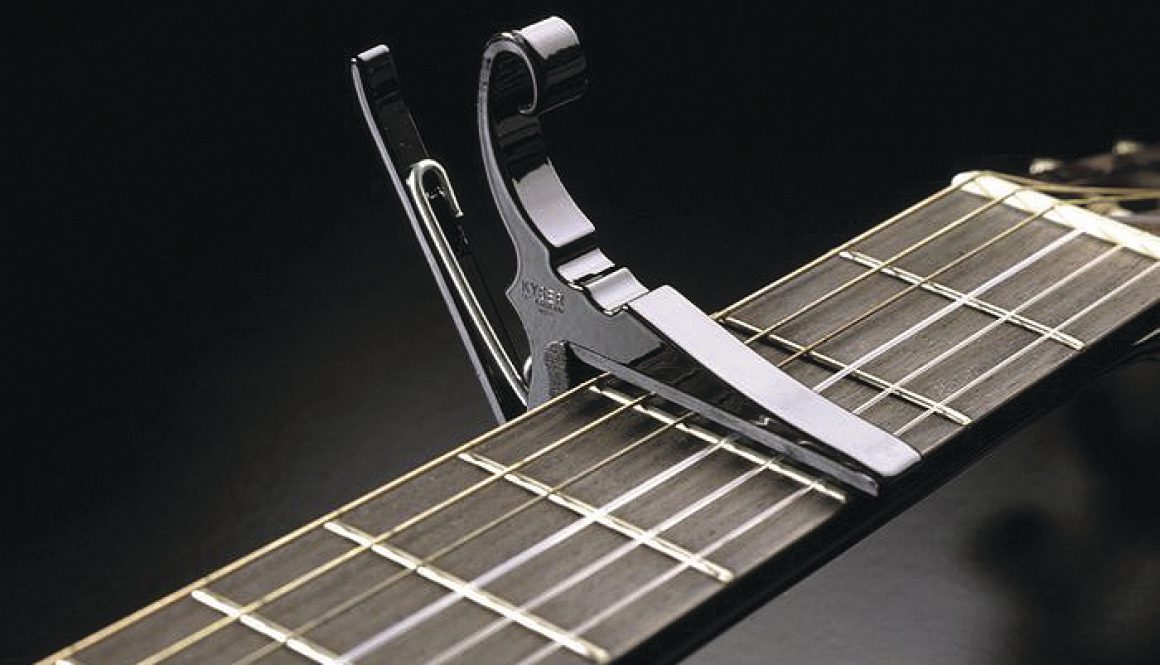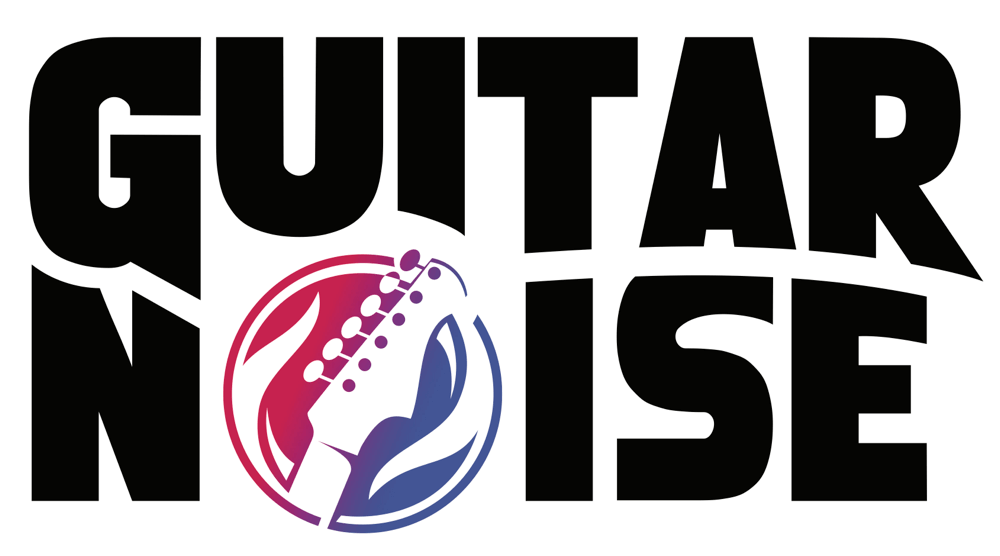Revisiting the Capo – Part 1

Playing with others, as you’re probably heard me mention on more occasions than I can count, is not only a lot of fun but is also one of the best ways to learn and to improve on your playing. Did I mention that it’s a lot of fun?
It can also be a little frustrating, especially if everyone you jam with is a guitarist. More times than not you end up with a big guitar chorus, where everyone is strumming the same open position chords with close enough to the same strumming pattern that it’s almost overwhelming. Being able to bring something different to the table is not only good for the group, but it also allows you to hear your own playing a bit better.
This is one instance where using a capo can be helpful. If you’ve never heard of one or used one before, please take a minute to read an old (very old) Guitar Column of mine at Guitar Noise, called The Underappreciated Art of Using a Capo.
One thing I mention at the very end of this article can’t be stressed enough: “All this can be a little confusing when you’re just starting out.” It’s rare that people don’t do a lot of second guessing when trying to decide exactly where to place a capo, or why, for that matter. Having a reasonable working knowledge of the fretboard can help a lot.
So, too, can having a firm idea of what, exactly, you want to do in regard to placing your capo on the guitar. Being somewhat familiar with the concept of transposing (see Turning Notes Into Stone) will likewise give you a lot of guidance.
What we’ll be doing the rest of this month is looking at the thought process involved in capo use and we’ll employ a lot of examples so that, hopefully, by the time this month is out, you’ll be able to use your capo confidently. Or at least not be second guessing near as much as you might be doing currently!
So check in next time as we discuss the importance of being musically bi-lingual. No lie!
Peace
If you’ve got any questions, we at Guitar Noise are always happy to answer them. Just send any of your questions to David at [email protected]. He (or another Guitar Noise contributor) may not answer immediately but he will definitely answer!
More on Revisiting the Capo
- Revisiting the Capo (Part 2) – Doublespeak
- Revisiting the Capo (Part 3) – Getting Through Some Confusion

Julia
November 15th, 2011 @ 11:06 am
I really like your blog. It’s got to be one of the best and useful out there.
I’ve been trying to learn “Landslide” by Stevie Nicks and found that you’ve got the tab on your site. I am using my capo on the 3rd fret and have got it down pretty good. The only “BUT’ is that, due to my inability to just play around and improvise, I don’t know what to do with the guitar solo portion which I was really hoping your lesson addressed. Are there any tips you can give me on this? I know it sounds strange, but my mind just doesn’t improvise.
David Hodge
November 16th, 2011 @ 8:47 pm
Hi Julia
Thank you for writing and thank you as well for your kind words concerning out blog (not to mention the whole rest of the Guitar Noise website).
Sometimes we do have what you’re looking for but it’s not always in the obvious place. You can find a discussion of the solo for “Landslide” in an old Guitar Column called “Preparing to Climb.” Two things that you should be aware of – first, the modal scale in question is the Eb Lydian, not the mixolydian that is cited in the article. Second, the tablature is meant for a guitar without a capo. So if you’ve got your capo on the third fret, you’ll need to subract three frets from each note to take the capo into account. So, for instance, the first note in “Example 1” would be on the eighth fret of the B string, meaning eight frets higher than the capo (which is on the third fret), which means it would be the eleventh fret of the guitar without a capo. That probably sound more confusing than it is! Just email me directly at [email protected] if you’ve more questions.
Thank you again.
Peace